There was a memorable commercial a few years ago that imagined the start of a work day in a gas-powered office -- a sleepy employee starts up the pull-cord coffee maker with a two-stroke engine, the copy machine chugs away spewing exhaust into the cubicles, employees try to discreetly cough into their sleeves. After glancing at the recently published "Drawdown: The Most Comprehensive Plan Ever Proposed to Reverse Global Warming", you come to feel that our oil-reliant economies, transportation, manufacturing, and food production come out seeming just as illogical and outdated as this scenario of the copier with a fuel tank. Edited by Paul Hawken, (who co-authored the now classic "Natural Capitalism" along with Amory and L.H. Lovins) "Drawdown" follows the ideas of the earlier book – it recognizes that our economic well-being is tied to environmental sustainability and places a monetary value on the natural systems we draw from and live in. "Drawdown" also furthers the thought, featuring some of the groundbreaking work being done today that puts these ideas into practice. "Drawdown" is a fascinating look at innovation, at what we are capable of achieving, and is an incredible work of collaboration and research from around the world. I became engrossed just flipping open this book to any page, though I quickly found I wanted to read every word. It also provides a much-needed shot of optimism. In a valley that prides itself and depends on its epic winters, ski descents, spring run-off and beautiful summers, the threat of a changing climate can become a little overwhelming. (I like my seasons as they are, thank you very much.) In "Drawdown", we see an alternative, one that maintains our way of life but progresses to do so with much less impact. In 2013, Hawken helped create ‘Project Drawdown’ (the name refers to the point at which greenhouse gases peak in the atmosphere and begin to decline.) The project was an effort to find a blueprint for slowing or reversing global warming -- a goal, Hawken points out, that one hundred and ninety-five nations have acknowledged and have stated the need for a plan of action. But how do we achieve this? Hawken writes that the blueprint “already exists in the world in the form of humanity’s collective wisdom, made manifest in applied, hands-on practices and technologies that are commonly available, economically viable and scientifically valid. Individual farmers, communities, cities, companies and governments have shown that they care about this planet, its people, and its places. Engaged citizens the worlds over are doing something extraordinary. This is their story.” Among the pages of "Drawdown", we hear of the amazing origins of now familiar technologies – the first solar array sitting on a New York rooftop in 1884, and the proposed ‘electric automobile,’ the Edison-Ford, that was imagined while Henry Ford worked at Thomas Edison’s Illuminating Company in Detroit. We read of sustainable practices that have been around for millennia – managed grazing, drip irrigation, intercropping, and we hear the story of Yacouba Sawadogo of Burkina Faso, known as “the man who stopped the desert” because of his successful experimentation of farming technique. More locally -- Basalt, CO is featured on page 84 with Rocky Mountain Institute’s net-zero building. We also learn of ‘coming attractions’ in technologies still being developed -- a smart highway that generates power, microbial farming, solid state wave energy, and an artificial leaf that replicates photosynthesis. This book is well worth the read for the information alone, and it makes one hopeful for the future of this great mountain town – though, mostly, in 50 years I just want to hear what phrase the kids will come up with for an epic day of Gnar Pow. -Nathan Child This review originally appeared in the Aspen Daily News on June 23, 2017.
0 Comments
Your comment will be posted after it is approved.
Leave a Reply. |
Adult News & reviewsLibrary news, info about upcoming events, reviews of books and films, and a look at the topics that affect us as a library. Archives
July 2023
|
General |
Borrowing |
About |

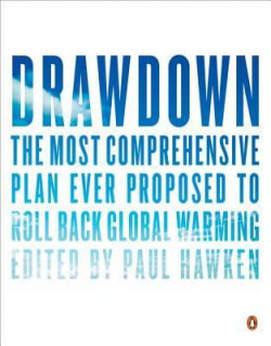
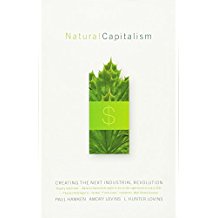
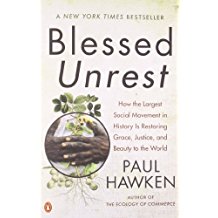
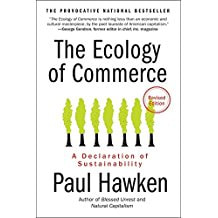
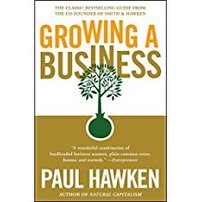
 RSS Feed
RSS Feed
